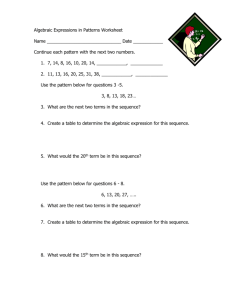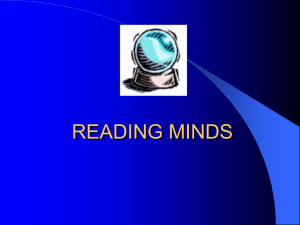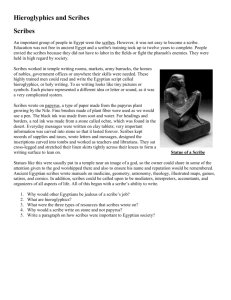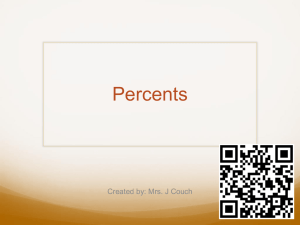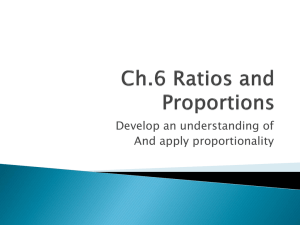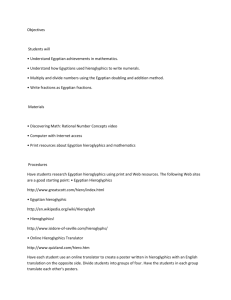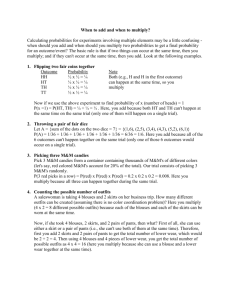aegyptian multiplication
advertisement
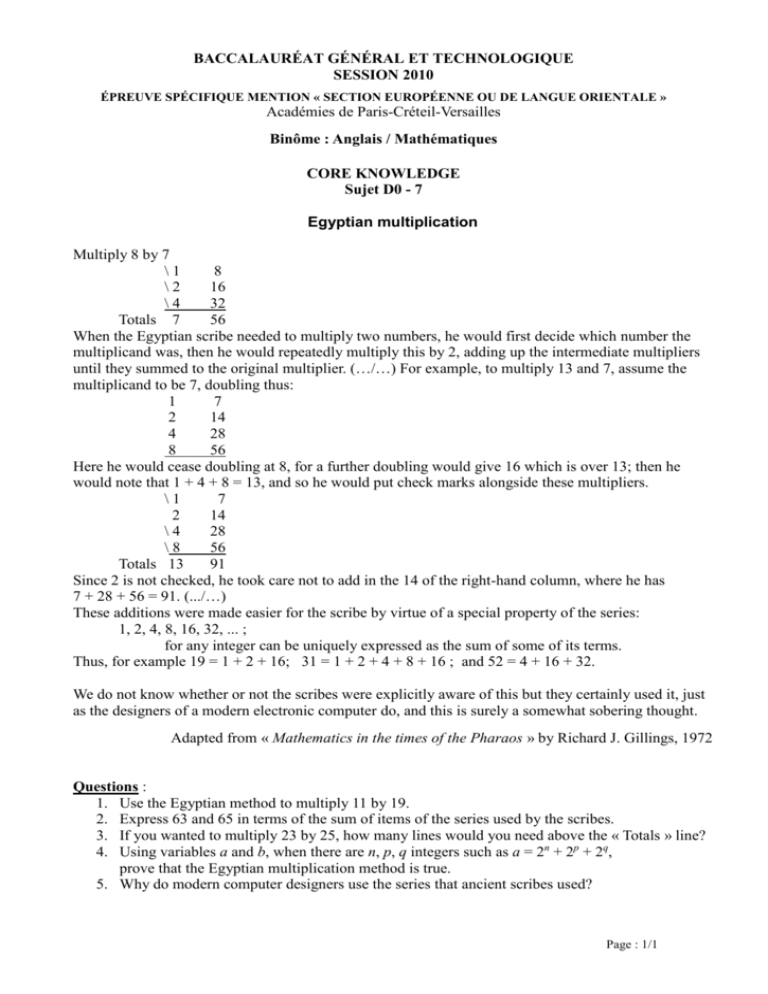
BACCALAURÉAT GÉNÉRAL ET TECHNOLOGIQUE SESSION 2010 ÉPREUVE SPÉCIFIQUE MENTION « SECTION EUROPÉENNE OU DE LANGUE ORIENTALE » Académies de Paris-Créteil-Versailles Binôme : Anglais / Mathématiques CORE KNOWLEDGE Sujet D0 - 7 Egyptian multiplication Multiply 8 by 7 \1 8 \2 16 \4 32 Totals 7 56 When the Egyptian scribe needed to multiply two numbers, he would first decide which number the multiplicand was, then he would repeatedly multiply this by 2, adding up the intermediate multipliers until they summed to the original multiplier. (…/…) For example, to multiply 13 and 7, assume the multiplicand to be 7, doubling thus: 1 7 2 14 4 28 8 56 Here he would cease doubling at 8, for a further doubling would give 16 which is over 13; then he would note that 1 + 4 + 8 = 13, and so he would put check marks alongside these multipliers. \1 7 2 14 \4 28 \8 56 Totals 13 91 Since 2 is not checked, he took care not to add in the 14 of the right-hand column, where he has 7 + 28 + 56 = 91. (.../…) These additions were made easier for the scribe by virtue of a special property of the series: 1, 2, 4, 8, 16, 32, ... ; for any integer can be uniquely expressed as the sum of some of its terms. Thus, for example 19 = 1 + 2 + 16; 31 = 1 + 2 + 4 + 8 + 16 ; and 52 = 4 + 16 + 32. We do not know whether or not the scribes were explicitly aware of this but they certainly used it, just as the designers of a modern electronic computer do, and this is surely a somewhat sobering thought. Adapted from « Mathematics in the times of the Pharaos » by Richard J. Gillings, 1972 Questions : 1. Use the Egyptian method to multiply 11 by 19. 2. Express 63 and 65 in terms of the sum of items of the series used by the scribes. 3. If you wanted to multiply 23 by 25, how many lines would you need above the « Totals » line? 4. Using variables a and b, when there are n, p, q integers such as a = 2n + 2p + 2q, prove that the Egyptian multiplication method is true. 5. Why do modern computer designers use the series that ancient scribes used? Page : 1/1
